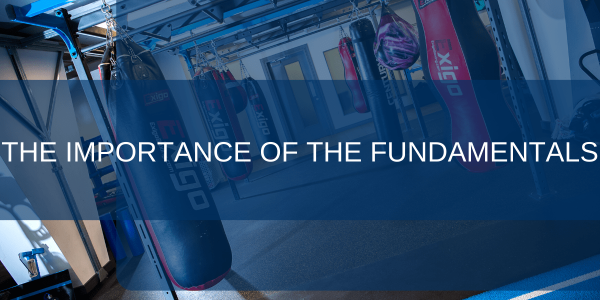In this article, Jared shares with us his thoughts on the fundamentals, the key movements which underpin all human movement & performance.
Jared is a former international 400m athlete and has competed at every major senior international championship throughout a 10-year career. Currently, Jared is the Scottish Rugby Union Academy S&C Coach.
Being the father of three children (11, 9 and 6) we are inundated with clubs and activities all week long. My wife competed internationally as a sprinter, as did I. We understand performance and what it entails to compete at that level. The conversations we have with other parents are really interesting. The concern and complaints about the 9-year-old who isn’t selected to play in the under 11s 7-a-side football instead of remaining in the 5-a-side where they get more game time and time on the ball. It’s a status in the eyes of the parent’s thing, rather than asking the question….are they having fun and trying hard? These are the two key factors – effort and enjoyment. Without these, there isn’t going to be a progression, a sense of fulfilment, and ignition of motivation.
Not every child is going to be amazing at football, but they have far more chance of success (however their parents and themselves wish to define that) with effort and enjoyment. As for me and my wife, this is our focus with our kids. The first question I ask after football or swimming or athletics or cubs or beavers or hockey is if they enjoyed it and then if they tried hard in their session or competition. That to us is all that matters. If there is any pressure from us, it is pressure to try and hard and see their effort in what they are doing.
At their young ages, what are they going to try and pursue a bit more seriously or possibly excel in? Who knows, but it is unlikely to be the thing we force them to do too much, too often and too intensely. There is plenty of time to succeed. What’s the hurry!?
The second aspect of thinking about this is where doing a variety of sports and activities fits in. I’m a big fan of the concept of ‘physical literacy’ or ‘physical competency’ as advocated by coaches like Kelvin Giles. The variety of skills and abilities learned through multiple sports and activities rather than an early specialization in one can pay huge advantages in children going on to become adults excelling at sport.
Here is my analogy:
If we relate physical literacy to literacy of our English language. We have 26 letters in our alphabet and from those letters, we can make up over 1 million words! If we had fewer letters we could make up fewer words. Each sport provides a number of letters, but no one sport provides them all. Some provide more than others and some letters are more important than others in the development of key movement skills. What underpins all of the letters/movements? The fundamentals of human movement.
Most coaches involved in the physical preparation aspects of athletes will agree on a list of 10-12 ‘fundamental’ movements which underpin human movement. Each of these movements have progressions, regressions and a wide range of variations and this is before you think about adding any load to the movements!
What are these fundamentals?
Squat, lunge, hinge, push, pull, press, brace, rotate, run, jump, land, throw, carry. How are these fundamentals developed? We coach the core movement, create stable and consistent movement patterns, then add the variations, increase the capacity capabilities and progressively overload.
Bruce Lee said: “I fear not the man who has practised 10,000 kicks once, but I fear the man who has practised one kick 10,000 times. … If you know the enemy and know yourself you need not fear the results of a hundred battles.” In our world, I fear not the athlete who has practised 10,000 movements once, but I fear the athlete who has practised 1000 movements 10,000 times. … If you know the opposition and know yourself you need not fear the results of a hundred battles.
You can follow Jared @jaredmdeacon

